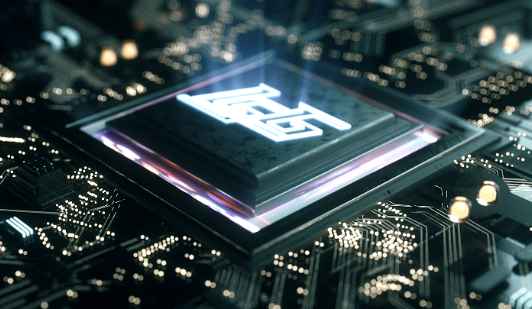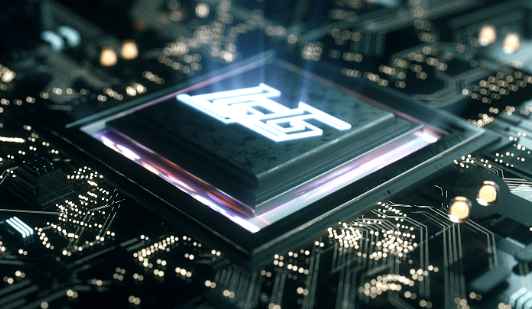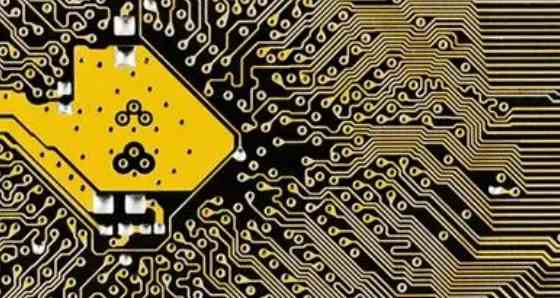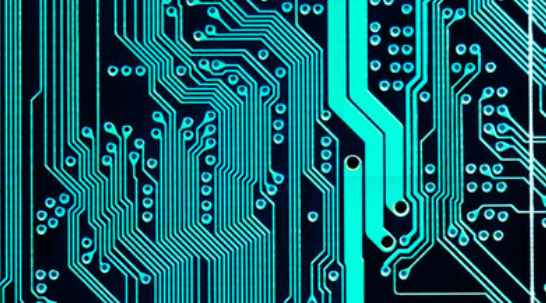
Have you ever looked at your smartwatch and wondered how it works? New technologies are being developed every day that allow engineers to rapidly reduce the size of consumer electronics. Before cell phones, people used to walk around with handheld radio devices, and then smartphones came along and replaced them. The cornerstone of modern technology is how we manage to create increasingly compact and lightweight electronics that fun
ction better than their traditional counterparts.
Printed circuit boards made this possible, allowing designers to make electrical connections in appliances. Without boards, technologies would stop running, so it doesn't take a genius to realize their value.
Flexible PCB boards are arguably one of the most game-changing of the different types of printed circuit boards because of their numerous advantages. In this article, we will learn about flexible PCB circuit boards and flexible PCB bending radii!
What is a flexible PCB board?
Flexible pcb circuit board as the name implies is flexible printed circuit board. You can twist, wrap, bend, and manipulate their shape in any way to make it fit the electronics. Flexibility is their defining and best characteristic. It makes them useful for a wider range of applications.
As a result, flexible PCBS have become indispensable components in compact and lightweight electronic products, such as wearables, laptops and medical electronics. Their flexibility allows the user to cycle them multiple times or bend the cycle, which is the fundamental reason for their use in mobile mechanics design.
In addition, the flexibility of these printed boards gives them a unique advantage over traditional rigid boards.
Benefits of flexible PCB circuit boards
We can divide the benefits of flex pcb boards into three broad categories: flexibility, lightweight, and connectivity.
flexibility
Flexibility allows designers more creative freedom in product design. These printed circuit boards can be installed in tight Spaces, allowing users to create compact designs and reduce the size of older electronic devices.
light
Flexible PCBS are produced using extremely light and thin sheets, which makes them flexible. Reducing weight is not just a manufacturing requirement. Instead, it can produce lightweight products, which are essential for modern electronics.
In addition, lightweight flexible PCBS can absorb more vibration shock, reduce wear and tear, and improve the long-term reliability of consumer electronics. They allow manufacturers to make complex and durable products.
connectivity
Flexible PCBS have a greater range of connectivity. A single flexible PCB can be connected to multiple electrical components and connectors. As such, they are ideal for dynamic flexible pcb applications that require printed circuit boards that can bend or bend thousands of cycles. Therefore, flexible pcb circuit boards are also used in foldable electronics.
Bending radius of flexible PCB
Even flexible pcb boards have limits on how much stress they can withstand when bent, twisted, or looped. Internal bending exerts compressive force and external tensile force. These have thresholds where retention extends the life of the product and ensures its continued functionality.
So this is where the flexural radius of the flexible PCB comes into play. This is a measurement used by designers to calculate whether a flexible PCB meets the bending requirements of a particular electronic device.
In addition, the flexible PCB bend radius will allow designers to calculate how much flexible PCBS can be bent or twisted without damaging the board or shortening its service life. As a rule of thumb, keep in mind that a smaller bend radius means more flexibility.

There are three design standards for flexible PCBS according to different bending requirements. The bending radius of these designs is calculated as a multiple of the final plate thickness, and the bending capacity is subsequently determined based on copper deformation.
Flexible installation
Dynamic elasticity
Primary crease
Flexible installation
Flexible mounting standards refer to flexible circuit boards bent into a specific shape to fit the design. After reaching the desired shape, the flexible PCB is not subjected to further stress or stress more significant than the bend radius.
Flexible PCBS bend radius is six times (6x) the thickness of the final layer for one to two layers and twelve times (12x) for three or more layers.
Dynamic elasticity
The Dynamix flex application uses design standards that involve repeated deformation or movement of flexible PCBS. It is best to limit dynamic flexible design to one or two layers to achieve maximum flexibility and low flexible PCB bend radius.
In addition, in dynamic bending applications, copper can be placed along the neutral axis of the bending radius. Neutral shafts withstand neither pressure nor tension, thus protecting the copper from deformation. The flexural radius of the flexible PCB in dynamic flexibility is one hundred times the thickness of the final layer (100x). Thus, dynamic bending standards are commonly used in applications involving moving or mechanical parts and foldable electronic devices.
Fold flexible PCBS based on the One Time Crease standard to form creases and achieve zero bending radius. After creating the crease, the circuit board will be installed inside the final assembly. No need to move or expand after final installation. Its only requirement is to preserve its conformation.
As a result, the bend radius becomes irrelevant in the third design standard because printed boards do not need to change their construction. However, it must be understood that the flexible pcb material and the weight of the copper must be very thin to avoid reliability issues related to the structural integrity of the design.
In addition, the layers are kept to a minimum and the creases are held together using a pressure-sensitive adhesive, while copper weights are placed along a neutral axis to prevent deformation.
conclusion
The bending radius of flexible PCB is a key index to understand the design capability and the manufacturing process of flexible PCB. Different flexible circuit boards use different layers, which affect the bending radius of flexible PCB. You can learn how to calculate the bending radius here.
However, we recommend referring to Taofang Electronics, the world's leading manufacturer of custom flexible pcb boards. You can visit their website and contact the agent for all your flexible PCB needs. Why design your own when an expert can do it for you?







